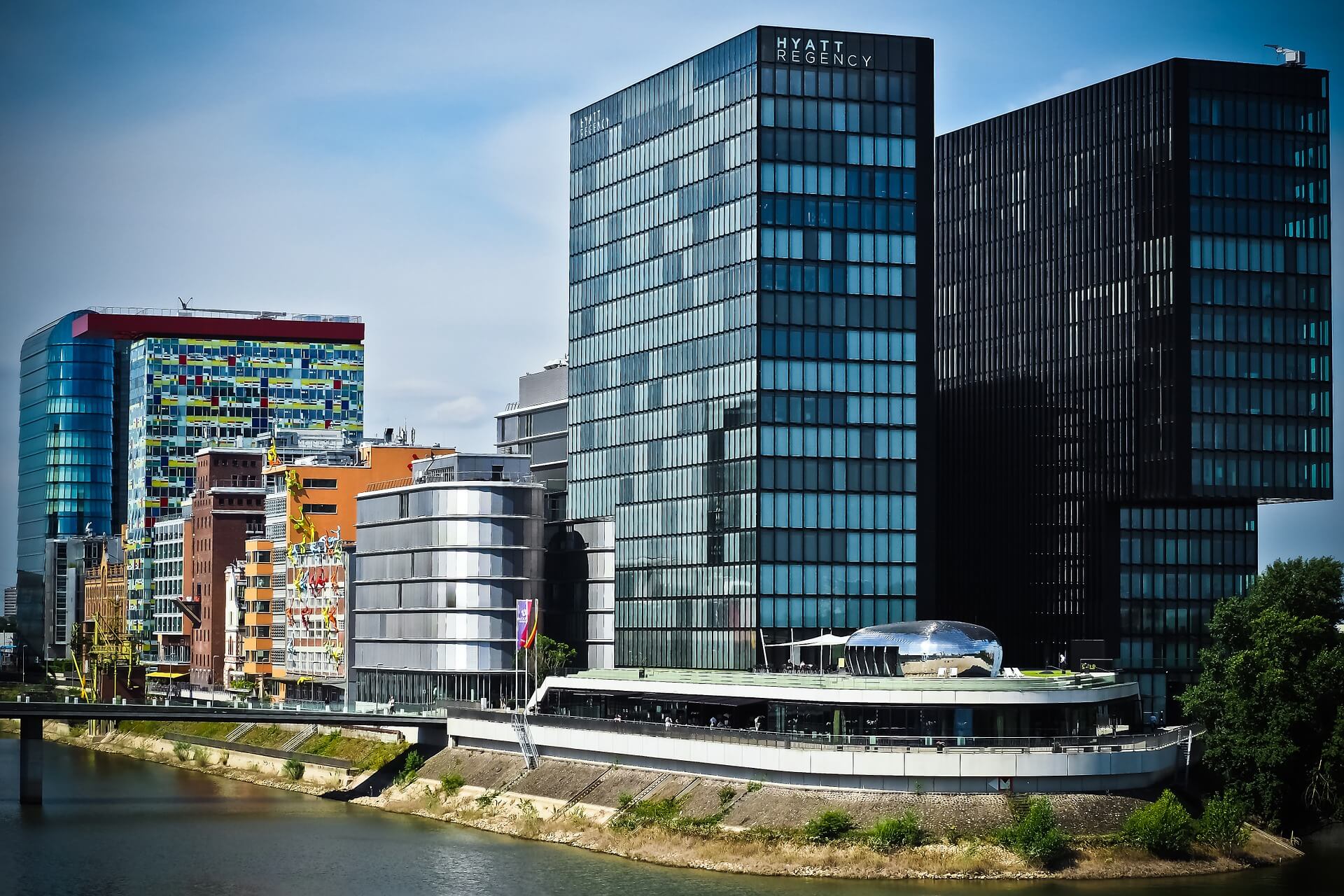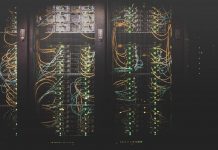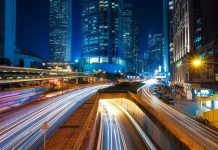
Smart cities often utilize the power of IoT to optimize city infrastructure and enhance service delivery. In this kind city, drivers are provided with automatic notifications on available parking spots, rather than searching for them themselves; waste containers inform truck drivers when waste is ready for collection; and traffic jams are no more, because smart traffic lights adjust signal timings according to real-time traffic analysis within an advanced technology of intelligent transportation systems.
These are a few examples of what comes to life when we leverage the power of technology to build smart cities. This article delves even deeper by revealing what goes on behind the scenes, the components that contribute to the functionality of smart cities, and what a smart city architecture entails.
A Contextual Approach Is Vital
It’s extremely essential to take into account the context during the design process of a smart city architecture. This calls for a crystal clear vision of the particular environment the architecture will be integrated into as well as the people who will be affected. Taking all this into consideration, a suitable concept for a 3-D architecture will be made up of:
- IoT-based smart city platform
- Service manageable solution
- Citizen portal
Being highly comprehensive and well-rounded, it will assist cities to handle huge streams of data, develop a smart city comprising of engaged residents, and automate service requests.
-
IoT-Based Smart City Platform
- The network of smart things
A smart city, just like any other IoT system, makes use of smart things incorporated with various sensors and actuators. Sensors are responsible for gathering data and transmitting it to the cloud for processing. For instance, waste containers’ sensors detect and compute the amount of waste, sensors for connected streetlights detect and compute illuminance, sensors on road surfaces detect and compute average traffic speed, and more.
Actuators, on the other hand, are responsible for generating actions. Their job is to receive and execute commands generated by user apps and control applications. These include adjusting traffic lights as well as switching the lights on/off.
- Field gateway
The data collected by sensors passes through field gateways before getting to the cloud. Their job is to preprocess and filter the data before it’s transmitted to the cloud. Moreover, they allow for the communication of commands from control apps to the respective actuators. Local intelligence allows field gateways to offer time-critical responses even including situations when cloud connectivity has been disrupted.
- Cloud gateway
The cloud gateway is responsible for handling security issues. It makes sure data is safely transmitted from the field gateways to the cloud. Also, it safeguards data via encryption, offers compatibility among different protocols, and prevents unauthorized interception and access.
- Streaming data processor
Smart cities are associated with continuous generation of data by myriads of sensors, which are tasked with simultaneous transmission of data records. Streaming data processors allow for the necessary actions to be carried out upon reception of data. What follows is transmission of data to control applications and loading to a data lake.
- Data Lake
A data lake refers to a data repository that helps to store the transmitted data in its raw format. Required data is often extracted from the data lake, thereafter it’s structured and moved over to the big data warehouse.
- Big data warehouse
The big data warehouse features structured data as well as contextual information on connected things, such as the commands sent by control applications to things’ actuators and information on when and where they were installed. The big data warehouse allows for the reuse of sensor data, thereby enabling various smart city services, such as smart environment or smart traffic, to gain entry to and utilize similar data sets.
- Data Analytics
Data analytics solutions allow for examination of sensor data sets to generate meaningful insights and relay the results. Data analysts make use of data visualization tools to make the perception of the obtained results easier.
Visualization tools and data analytics are usually integrated in dashboard applications that relay data on one screen. Real-time updates are implemented as new information is received.
Data analytic tools help with traffic performance monitoring, identification of potential crime scenes, reduction of accidents, and more. For instance, traffic monitoring via data analytics tools over a given period of time allows for the determination of traffic distribution patterns throughout the city, and helps to reduce congestions, noise, and emissions.
- Machine learning
Machine learning leverages advanced computational techniques to make the behavior of smart things adaptable to the citizens’ needs. Machine learning algorithms are used to determine hidden correlations, and develop predictive models accordingly.
The predictive models reveal the manner in which the connected things will react to specific conditions. Usually, models are verified for accuracy, and if the obtained output action varies with the expected one, the revision and testing process is repeated until the desired behavior is achieved. They are then utilized by control applications.
- Control applications
Control applications are tasked with transmitting commands to things’ actuators. They can either be machine learning-based or rule-based. The latter utilize rules that are programmed manually. As such, incoming data records substitute the variables in the rule. Output actions are triggered when the conditions defined in the rule are met. Machine learning-based control applications, on the other hand, utilize models that are developed using machine learning algorithms.
- User applications
User applications allow citizens of the smart city to pass commands to control applications as well as receive alerts and notifications.
-
Service Management Solution
The service management solution aids with provision of timely support for citizens and handling of their service requests. It collects citizens’ requests from various channels, processes them, automatically develops cases, and then assigns them to the respective agents.
-
Citizen Portal
The primary purpose of smart cities is not just mere automation. Rather, it’s all about enhancing the lives of citizens. For this reason, a smart city infrastructure without a citizen portal is not complete. A citizen portal brings about a common space for citizens, city administration, field workers, and employees. If a citizen portal is to be successful, it must address the needs of its citizens. Consequently, examination of citizens’ needs should always remain a priority.

Stephen is a versatile and enthusiastic content writer with a passion for writing. He has over 8 years of experience in the field of writing. He strives to transform businesses and lives through his writing, and enjoys every minute of it.













